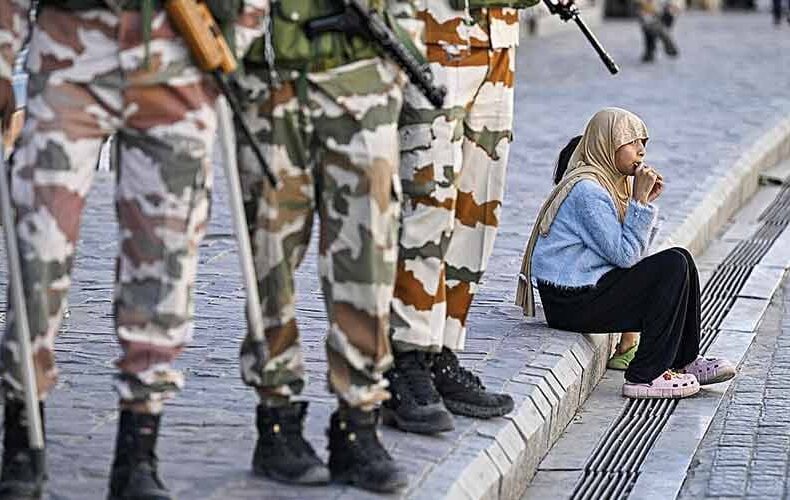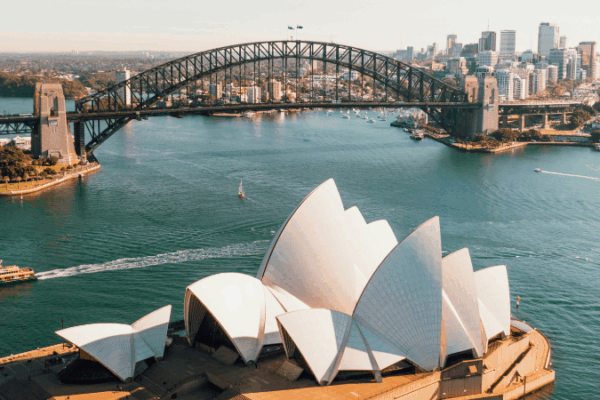
Himalayan flashpoint
Before addressing the developments in Ladakh over the past few weeks, let me begin with news from another part of India — Bihar. After months of public protests, opposition campaigns in the streets, debates in parliament, and even Supreme Court intervention, the Election Commission of India has declared more than five million people (some reports put the number as high as 6.8 million) ineligible to vote. This ruling comes through its ongoing Special Intensive Revision of electoral rolls.
According to one report, in one constituency nearly 45 percent of the votes struck off the rolls are Muslims and about 20 percent are from Other Backward Castes. This has not only confirmed the worst fears of the opposition, which has traditionally depended on these communities for electoral support, but has also critically deepened the anxieties of these communities, who see it as a step toward stripping them of their citizenship rights.
There is now growing talk that this intervention may be replicated in other states, especially those governed by parties opposed to the BJP.
—
Developments in Ladakh over the past few weeks are the proverbial other side of the coin. The region has long been a critical buffer zone between China and India. It is known not just for its scenic beauty but also for deadly skirmishes between Chinese and Indian armies.
Most people in the region wish to remain within India; many have welcomed even the abrogation of Article 370 that had kept them tied to the state of Jammu and Kashmir. However, the region is now being turned into another war zone.
Like Muslims in Kashmir, the Buddhists in Ladakh are now being labelled as anti-national simply because they demand autonomy and representation in local affairs. This demand is backed by both the Buddhists of Leh and the Muslims of Kargil, largely tribal communities.
Their call is for inclusion under the Sixth Schedule of the Indian Constitution, which provides for Autonomous District Councils — a safeguard already extended to other vulnerable communities in India, such as those in Karbi Anglong, Assam. The key concern, of course, is to ensure local participation in decision-making about land, resources, and development.
—
The ongoing agitation is not only about demands for statehood and constitutional safeguards like Sixth Schedule protection but is also tied to environmental anxieties. Ladakh’s fragile ecosystem is highly vulnerable to the pressures of large-scale industrialisation, infrastructure expansion, and resource extraction, which have accelerated since the region became a Union Territory in 2019.
Recent proposals for mineral extraction (including rare earths) raise fears of ecological damage, land degradation, and displacement of pastoral communities. There are also plans afoot for hydropower projects that threaten river systems like the Indus and its tributaries, with potential impacts on agriculture, biodiversity, and water security.
Local pastoralist and agro-based communities fear losing control over grazing lands, forests, and water resources to outside corporate and government interests.
—
Ladakh is now turning into another war zone. Like Muslims in Kashmir, the Buddhists in Ladakh are being labelled as anti-national.
Ironically, their Gandhian scientist-innovator leader, Sonam Wangchuk, who once hailed Modi for his decision to make Ladakh a Union Territory (without a legislature) in the hope that locals will finally have their say, was made an example for expressing this desire very soon.
His long march to Delhi last year (only to be turned back at the boundary of Delhi), his repeated peaceful long hunger strikes, encouraged a government already hell-bent on changing the federal character of the country.
To achieve this objective, it has gone on a rampage — from sponsoring films like *Kashmir Files* and *Kerala Story*, to labelling opposition-ruled states as enemy territories, and taking direct action against political leaders, even imprisoning them.
—
What Wangchuk did not realise was that when the government dismantled Jammu and Kashmir, it did not simply want a strong unitary state like Indira Gandhi’s era. The unitary state vision of the Modi-led BJP comes from the ideological position of a strong Hindu state.
This Hindu state counts even the Hindus who don’t align with its vision of a unified Hindu Rashtra among its enemies. In their scheme of things, Buddhists belong to a minority religion.
While conspiracy theories are being bandied about regarding a foreign hand in the recent violent turn to the long-standing peaceful agitation that led to four deaths, a repeat of the perfected practice to crush a peaceful mass movement is discernible.
—
In 2019-20, with the enactment of the discriminatory Citizenship Amendment Act, large masses of people — led by Muslim women and young students — had taken to the streets across India to protest against the Act. Despite its attempts to sideline the issue, the government was unable to suppress the protest.
Then came the engineered riots leading to killings in parts of Delhi, followed by a swift move by the government to crush the protests, which also led to the arrest of youth and student leaders. Many of them are still behind bars under draconian anti-terror laws.
—
Let’s now focus back on Ladakh.
The Ladakhis have been agitating peacefully for longer than two years. The government created a body to engage them in talks, but nothing came of it. As the movement continued to grow stronger even after two years of contemptuous indifference shown by the Union government, it was merely a matter of time before an appeal to the tested formula.
As the movement turned violent inexplicably (some call it engineered by Generation Z), police moved in and called out Sonam Wangchuk as the conspirator behind it. The state did not stop there — it deployed its next weapon, accusing the Wangchuk-led non-governmental organisation SECMOL of threatening India’s sovereignty.
The next day, Wangchuk was arrested under the National Security Act and sent to Jodhpur.
—
It was clear that when the Hindutva-driven state defines India as a nation, it does not see its living, breathing people as part of it. All it sees, apparently, are barren stretches of land sketched on maps hanging in countless classrooms across the country.
https://www.thenews.com.pk/tns/detail/1348330-himalayan-flashpoint
You may also like
You may be interested
Guns and butter: Russia chooses both
A required part of this site couldn’t load. This may...
Saudi Arabia & Pakistan Ink Defence Agreement Stating ‘Attack On Either Will Be Considered Attack On Both’
**Saudi Arabia and Pakistan Sign Strategic Mutual Defence Agreement** *Riyadh:*...
Sanjay Mishra Buys ₹4.75 Cr Sea-View Flat In Mumbai, But Guess Which Celebs Are His Neighbours?
Mumbai: Popular Bollywood actor Sanjay Mishra has purchased a luxurious...
 The New York Times
The New York Times
- A Major Moment for the British Economy: What to Watch in the U.K. Budget 2025 年 11 月 26 日 Eshe Nelson
- What You’re Thankful For 2025 年 11 月 26 日 Sam Sifton
- The Question Hanging Over Peace Talks: What Will Putin Accept? 2025 年 11 月 26 日 Paul Sonne
- ‘Imperial Israel’ in the New Middle East 2025 年 11 月 26 日 Roger Cohen and David Guttenfelder
- Huge Fire Engulfs Apartment Buildings in Hong Kong 2025 年 11 月 26 日 Keith Bradsher and Joy Dong
- Democrats Say F.B.I. Is Investigating Them, and U.S. Plans Gaza Compounds 2025 年 11 月 26 日 Tracy Mumford, Will Jarvis, Ian Stewart and Kate LoPresti
- U.S. Nuclear Arms Chief Warns Against Leaks of Secret Information 2025 年 11 月 26 日 William J. Broad
- Has Marjorie Taylor Greene Really Seen the Light? 2025 年 11 月 26 日 Tressie McMillan Cottom
- Fact Check: Is Trump Right About Affordability? 2025 年 11 月 26 日 Linda Qiu, Claire Hogan, Stephanie Swart and Pierre Kattar
- SNAP Recipients Plan Thanksgiving, Down to Their Last Cent 2025 年 11 月 26 日 Kevin Williams, Audra D. S. Burch and Madeleine Hordinski



Leave a Reply